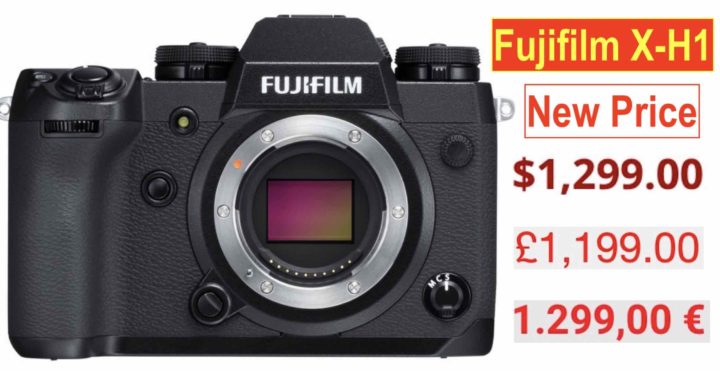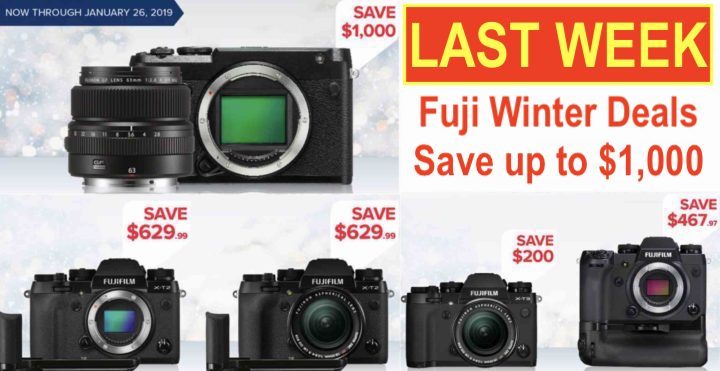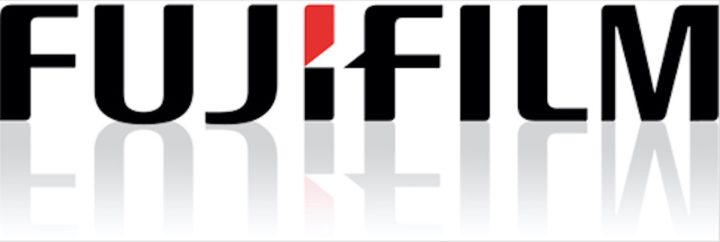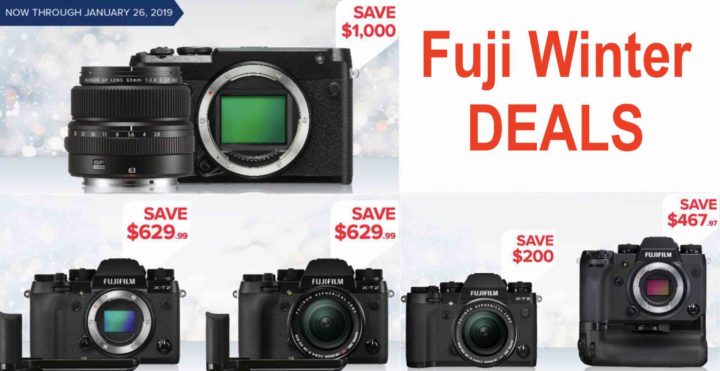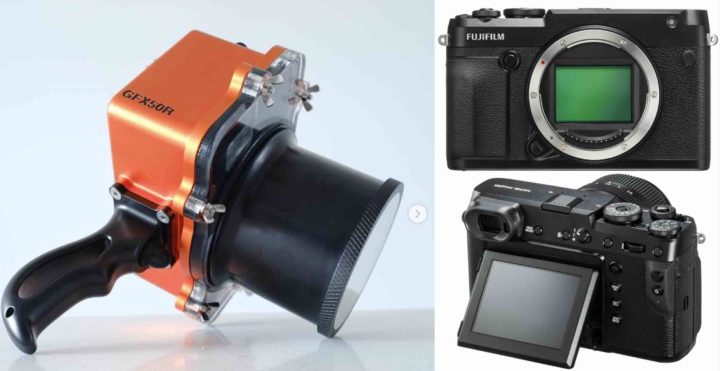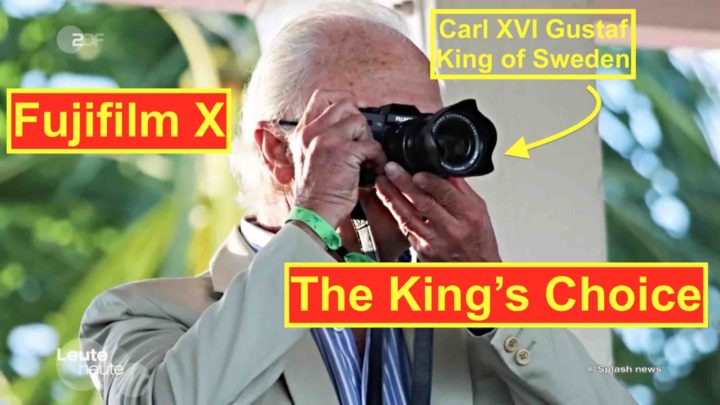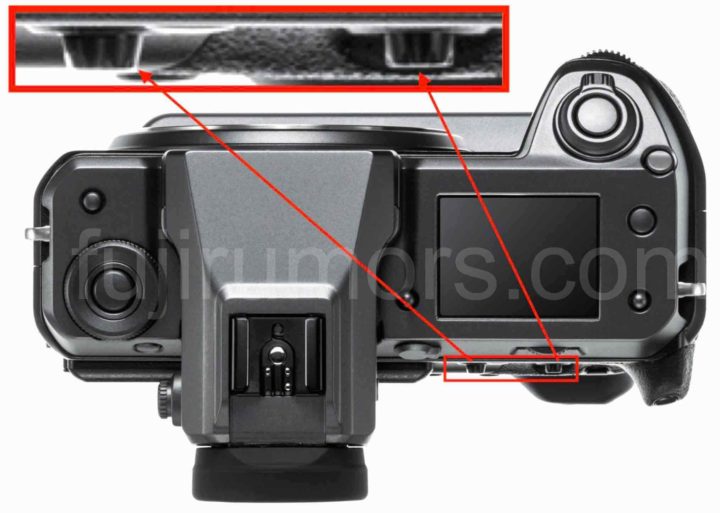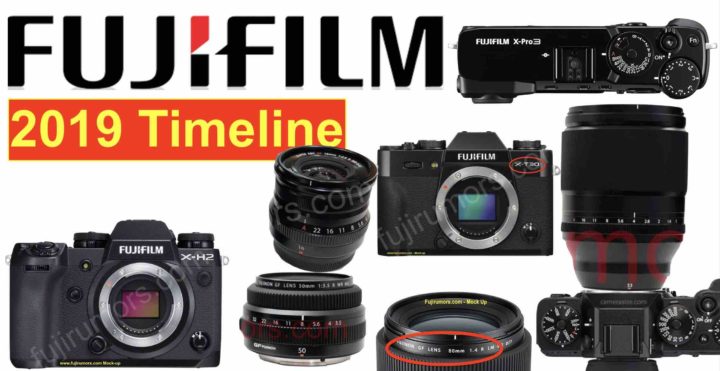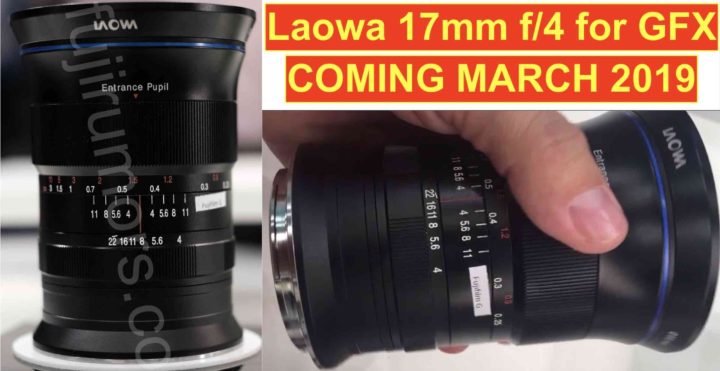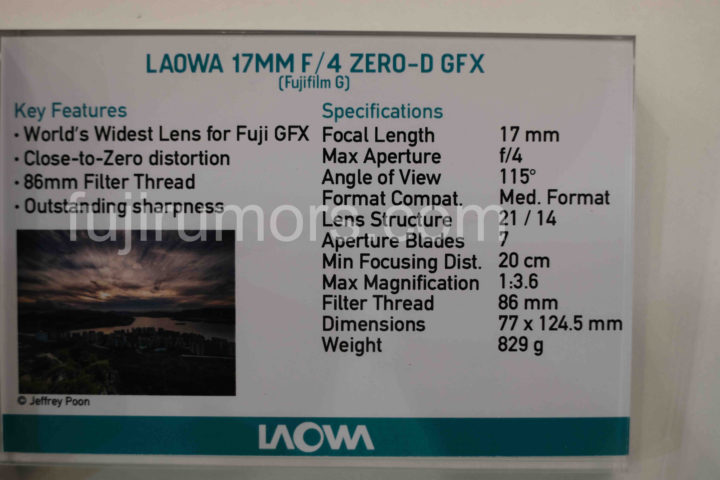Price of Fujifilm X-H1 Falling Worldwide, but No Fujifilm X-H2 Coming in 2019
Fujifilm X-H2 Coming?
Lately I get many emails asking me if the Fujifilm X-H2 is around the corner, since the price on the Fujifilm X-H1 is dropping drastically all over the world (latest countries to join is the United Kingdom today here).
My answer is no, there will NOT be a Fujifilm X-H2 in 2019.
The reason for the price drop on the Fujifilm X-H1 is not because the X-H2 is coming, but because… well, I have a smart community, and I’m sure you can figure it out by your own ;).
- read here: VOTE: Fujifilm X-H2 with 3 way Tilt Screen, Swivel Screen or X-T100 Flippy Screen?
- read here: If the Fujifilm X-T3 had IBIS, would You Prefer it over the Fujifilm X-H2?
The only camera to get a successor very soon, is the Fujifilm X-T20, since the Fujifilm X-T30 is coming on February 14.
Check out the new prices on Fujifilm gear in your country*:
Fujifilm X-H1 body – $1,299 (includes battery grip!) / £1,199 / €1,299
- USA: BHphoto, AmazonUS, Adorama, Focuscamera (includes battery grip for same price of body until January 26)
- EU: AmazonDE, CalumetDE, WexUK, ParkCamerasUK, AmazonUK, PCHstore, AmazonFR, AmazonIT
Fujifilm X-H1 w/grip – $1,299 / £1,299 / €1,399
- USA: BHphoto, AmazonUS, Adorama, Focuscamera
- EU: AmazonDE, CalumetDE, WexUK, ParkCamerasUK, AmazonUK, PCHstore, AmazonFR AmazonIT
Fujifilm X-T2 – $1,099 / £999 / €1,099
- USA: BHphoto, AmazonUS, Adorama, Focuscamera
- EU: AmazonDE, CalumetDE, AmazonUK, WexUK, ParkCamerasUK, PCHstore, AmazonFR, AmazonIT
Fujifilm X-T20 – $699 / £629 / €699
- USA: BHphoto, Adorama, AmazonUS, FocusCamera
- EU: AmazonDE, CalumetDE, AmazonUK, WexUK, ParkCamerasUK, PCHstore, AmazonFR, AmazonIT
Fujifilm X-T100 – $499 / £449 / €499
- USA: BHphoto, Adorama, AmazonUS, FocusCamera
- EU: AmazonDE, CalumetDE, AmazonUK, WexUK, ParkCamerasUK, PCHstore, AmazonFR, AmazonIT
Fujifilm X-E3 – $699 / £629 / €699
- USA: BHphoto, Adorama, AmazonUS, FocusCamera
- EU: AmazonDE, CalumetDE, AmazonUK, WexUK, ParkCamerasUK, PCHstore, AmazonFR, AmazonIT
* in € price might change according to country. There might also be variations in €, £ and $ according to different shops
Follow FujiRumors on Facebook, Instagram, RSS-feed and Twitter
Our Owners Groups
- Fujifilm GFX User Group
- Fujifilm X-T User Group
- Fujifilm X-H User Group
- Fujifilm X-E User Group
- Fujifilm X-Pro User Group
- Fujifilm X100 line Group
Our Facebook Pages

